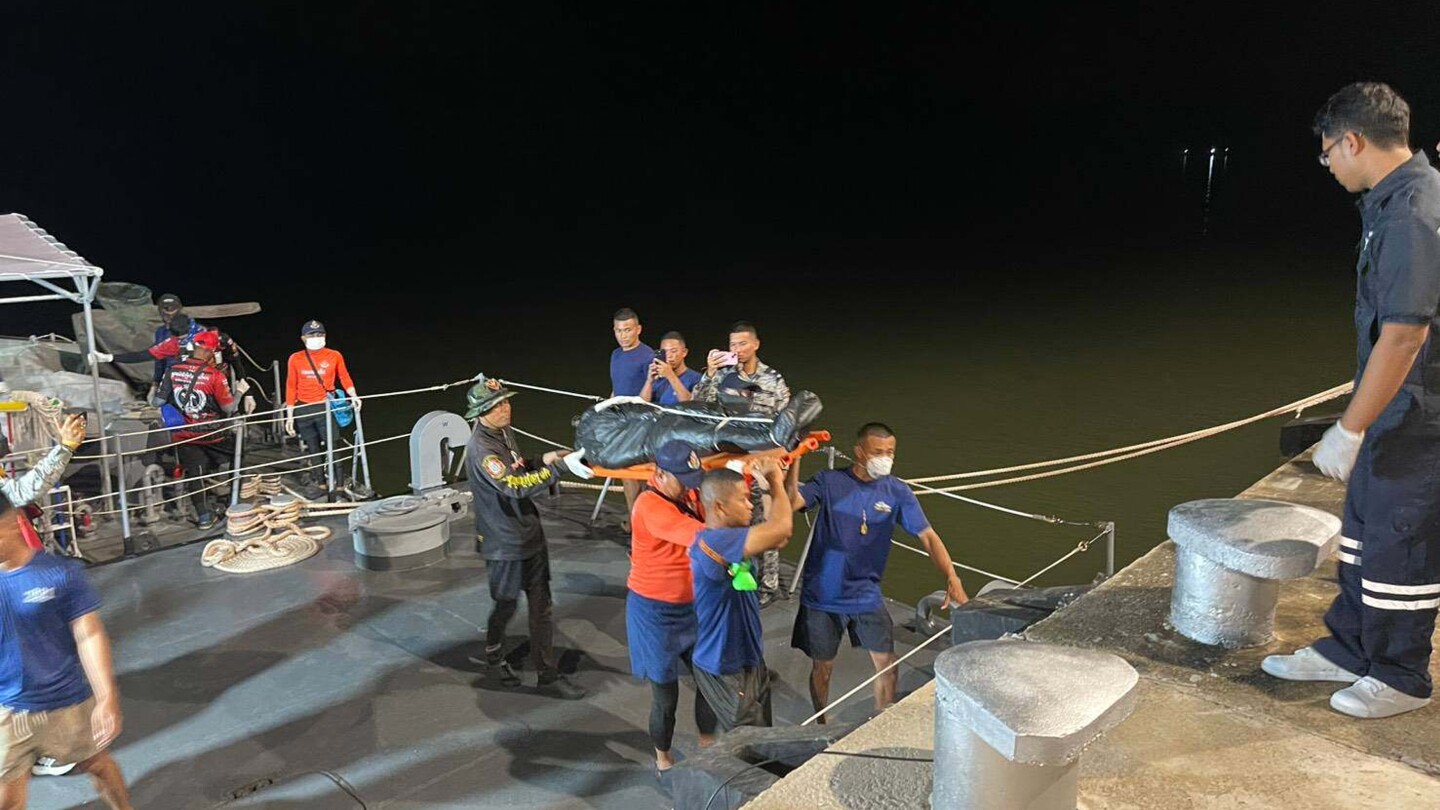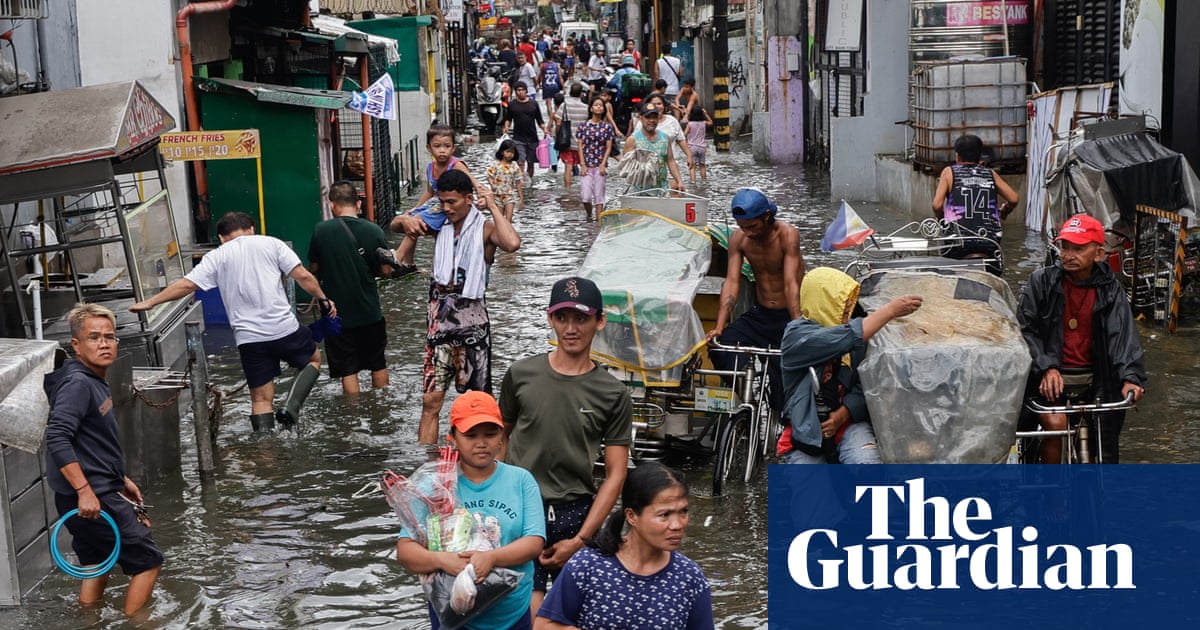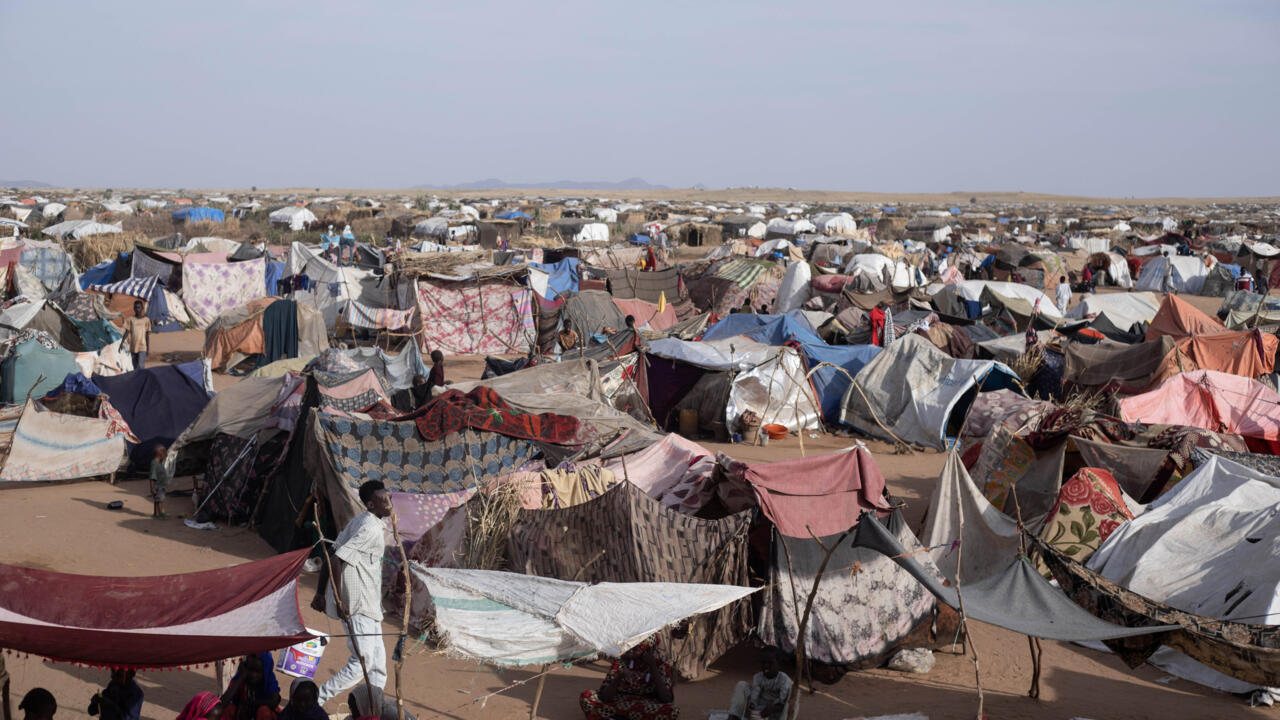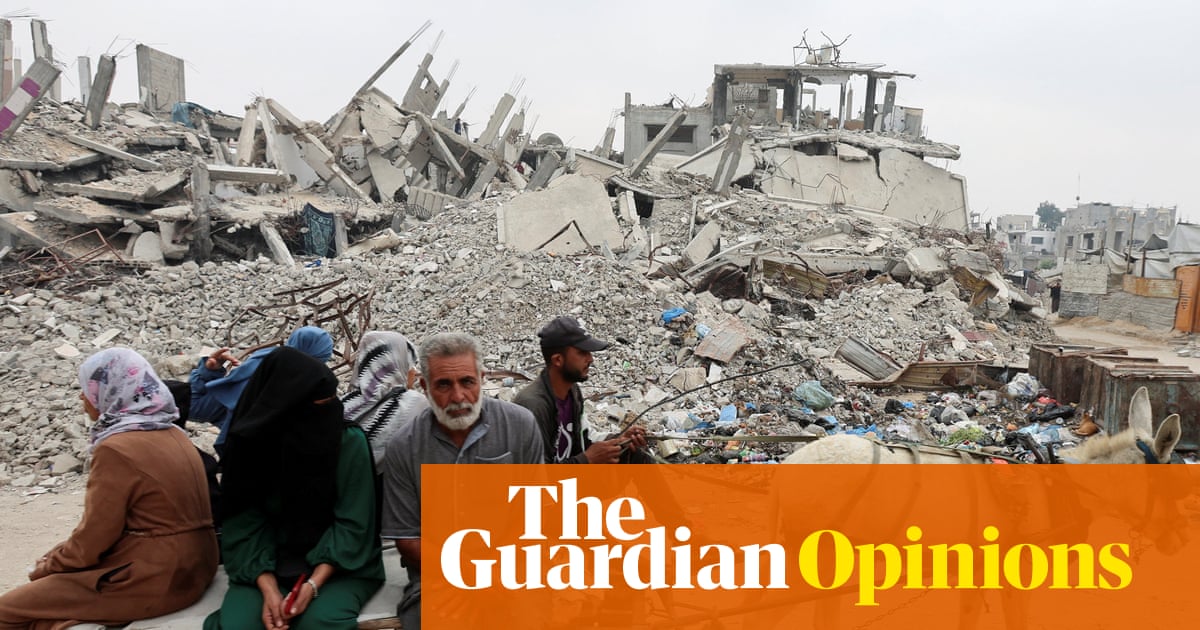Published On 10 Nov 2025
An explosion has rocked a busy neighbourhood in India’s capital New Delhi, causing panic near the landmark Red Fort in the city.
Footage broadcast by Indian…

Published On 10 Nov 2025
An explosion has rocked a busy neighbourhood in India’s capital New Delhi, causing panic near the landmark Red Fort in the city.
Footage broadcast by Indian…

Spanning different eras, these essays illuminate the evolving social contract between science and society, revealing shifting values and priorities that have changed with time. UNESCO promotes a vision in which science is public good, and where…

Sudan, 10 November 2025 – The Sudan Doctors Network (SDN) has accused the United Nations and the international community of failing to act quickly to save lives in El Fasher, North Darfur, where civilians are facing what they describe as “a…

KUALA LUMPUR, Malaysia (AP) — Malaysian rescuers searching for dozens of people still missing after a boat carrying migrants from Myanmar capsized last week recovered five more bodies on Monday, bringing…

Governments failing to shift to a low-carbon economy will be blamed for famine and conflict abroad, and will face stagnation and rising inflation at home, the UN’s climate chief warned on Monday at the start of the Cop30 climate talks.
Simon…

These were the grim updates shared with AFP’s veteran Sudan correspondent Abdelmoneim Abu Idris Ali by people trapped in the 18-month-long siege of El-Fasher, a city overrun by the…

After two years of brutal warfare in Gaza, a fragile ceasefire – the first phase of US president Donald Trump’s 20-point plan – offers some respite to an exhausted population. For my Unrwa colleagues on the ground in Gaza, the constant fear…
